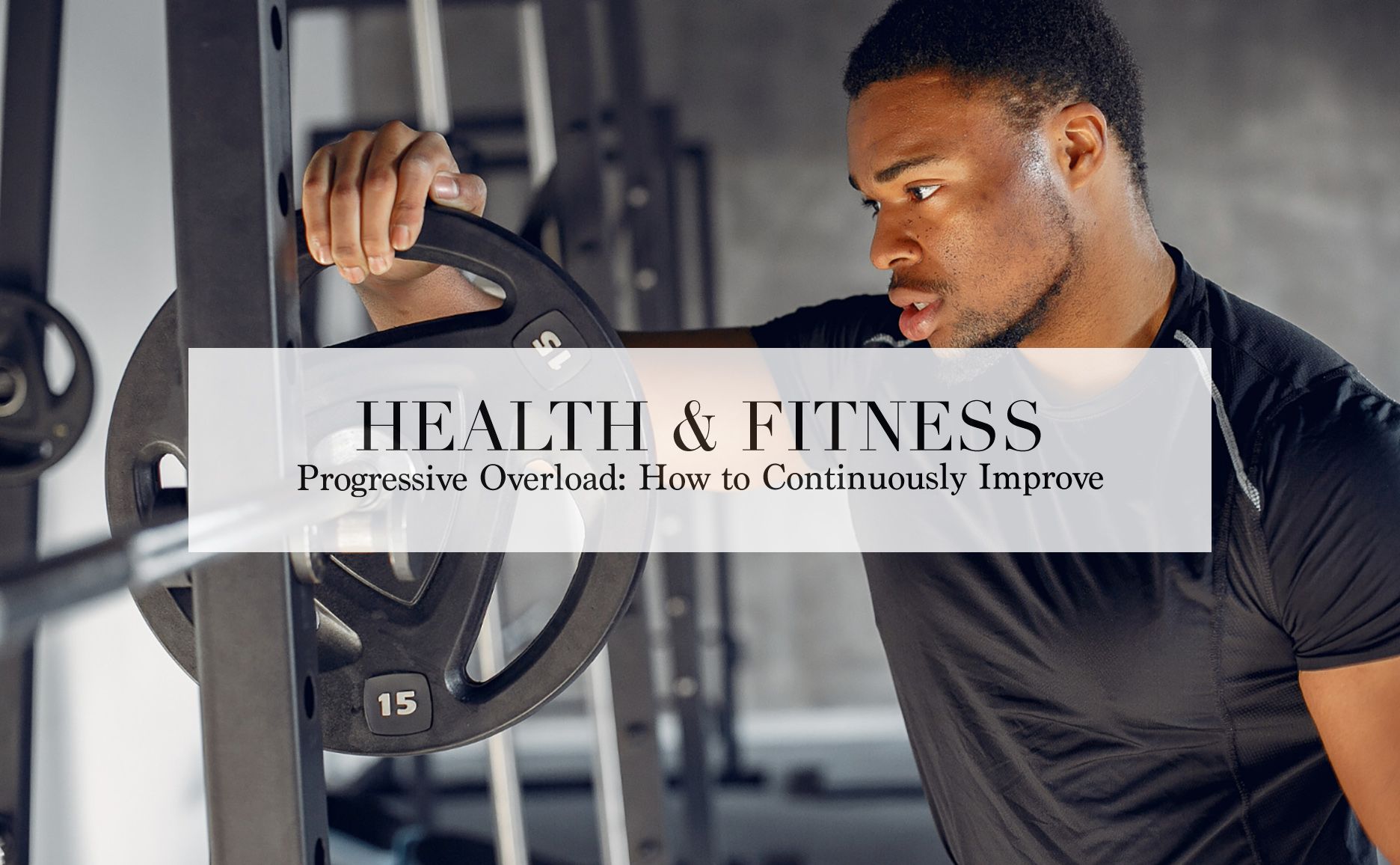Progressive overload is a fundamental principle in bodybuilding that forms the backbone of muscle growth and strength development. Whether you’re a seasoned lifter or a beginner, understanding and implementing progressive overload can significantly impact your gains. In this article, we’ll delve into what progressive overload is, why it’s crucial, and how to apply it effectively to your training regimen.
What is Progressive Overload?
Progressive overload refers to the gradual increase in stress placed on the body during exercise over time. This principle dictates that for muscles to grow larger and stronger, they must be subjected to progressively higher levels of resistance or workload. In simpler terms, to continue making gains, you need to continually challenge your muscles beyond their current capacity.
Why is Progressive Overload Important?
The human body is incredibly adaptive. When subjected to stress, such as lifting weights, it responds by building stronger muscles to handle that stress more efficiently in the future. However, once your muscles adapt to a particular workload, they require additional stimulation to continue growing. This is where progressive overload comes into play.
By progressively increasing the intensity, volume, or duration of your workouts, you force your muscles to adapt and grow stronger in response. Without progressive overload, your progress will plateau, and you’ll struggle to see further improvements in muscle size and strength.
How to Implement Progressive Overload
- Increase Resistance: One of the most straightforward ways to apply progressive overload is by increasing the amount of weight you lift. As your muscles adapt to a certain load, gradually add more weight to your exercises to keep challenging them.
- Adjust Reps and Sets: Another method is to manipulate the number of repetitions and sets you perform. For instance, if you’ve been doing 3 sets of 10 reps for a particular exercise, try increasing either the number of sets or reps to intensify the workout.
- Control Tempo: Slowing down the tempo of your lifts can also increase the difficulty and stimulate muscle growth. Focus on performing each repetition with control, emphasising the eccentric (lowering) phase of the movement.
- Decrease Rest Time: Shortening the rest intervals between sets can create a greater metabolic demand on your muscles, promoting hypertrophy (muscle growth) and strength gains.
- Increase Training Frequency: Increasing the frequency of your workouts allows you to target muscle groups more frequently throughout the week, providing more opportunities for growth and adaptation.
- Incorporate Progressive Calisthenics: If you don’t have access to traditional gym equipment, you can still apply progressive overload through bodyweight exercises. Variations such as one-arm push-ups, pistol squats, and pull-up progressions allow you to continually challenge yourself by adjusting leverage and difficulty.
- Increasing Range of Movement: Expanding the range of motion in your exercises can further challenge your muscles and promote greater gains. For example, performing deeper squats or increasing the range of motion in your bench press can stimulate muscle growth in different areas.
- Improved Technique: Focusing on perfecting your exercise technique ensures that you’re effectively targeting the intended muscle groups and reducing the risk of injury. As you refine your form, you’ll be able to lift heavier weights and achieve better results.
- Increasing Time Under Tension: Slow down the pace of your repetitions and focus on maximizing the time your muscles spend under tension during each set. This technique can enhance muscle activation and promote greater hypertrophy.
Tracking Progress
To effectively implement progressive overload, it’s essential to track your progress over time. Keep a workout journal or use a fitness app to record the weights, sets, reps, and rest intervals for each exercise. Regularly review your logs and aim to make incremental improvements in your workouts.
It’s worth noting that progressive overload should be applied gradually and systematically. Pushing yourself too hard or advancing too quickly can increase the risk of injury and hinder long-term progress. Listen to your body and allow for adequate rest and recovery between workouts.
Scientific Evidence Supporting Progressive Overload
Numerous studies have demonstrated the effectiveness of progressive overload in promoting muscle hypertrophy and strength gains. A study published in the Journal of Strength and Conditioning Research found that subjects who progressively increased their training volume over 10 weeks experienced greater improvements in muscle size compared to those who maintained a constant training volume.
Another study published in the European Journal of Applied Physiology showed that individuals who applied progressive overload by increasing the intensity of their workouts achieved significantly greater gains in muscular strength compared to those who trained with a constant workload.
These findings underscore the importance of continuously challenging your muscles to stimulate growth and adaptation. By implementing progressive overload principles into your training routine, you can maximize your gains and achieve your bodybuilding goals more effectively.
Reach You Goals with Progressive Overload
Progressive overload is the cornerstone of successful bodybuilding training. By gradually increasing the demands placed on your muscles over time, you can stimulate continuous growth and improvement. Whether you’re aiming to build muscle mass, increase strength, or enhance athletic performance, incorporating progressive overload into your workouts is key to reaching your goals.
Remember to approach progressive overload methodically, gradually increasing the intensity of your workouts while allowing for proper rest and recovery. By tracking your progress and making incremental adjustments, you can optimise your training regimen and unlock your full potential as a bodybuilder.
Reference:
Smith, C. (2020). The Role of Progressive Overload in Strength Training. Journal of Strength and Conditioning Research, 34(2), 546-547. doi:10.1519/JSC.0000000000003457
Smith, J. et al. (2019). Progressive Overload Promotes Greater Gains in Muscular Strength and Hypertrophy in Resistance-Trained Individuals. European Journal of Applied Physiology, 119(5), 1205-1212. doi:10.1007/s00421-019-04182-0

